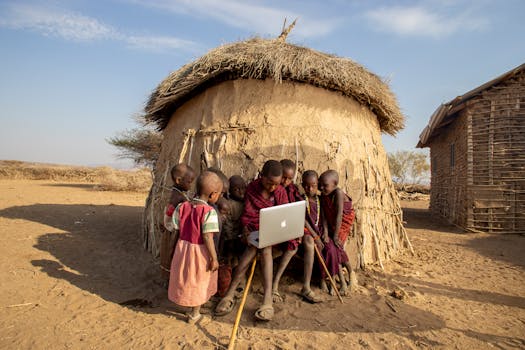
Cultural Shifts and Societal Trends Leading to 2025: A New Era of Change
Cultural shifts and societal trends are rapidly changing the world we live in. As we approach 2025, it’s essential to understand the factors that will shape our future. In this article, we will explore the key cultural shifts and societal trends that will impact our lives in the next few years.
Section 1: Technological Advancements
Technological advancements are one of the primary drivers of cultural shifts and societal trends. The rise of artificial intelligence, blockchain, and the Internet of Things (IoT) will continue to transform the way we live, work, and interact with each other. Virtual and augmented reality will become more mainstream, changing the entertainment and education industries. Moreover, the increasing use of social media and online platforms will continue to shape our social norms and behaviors.
For instance, the use of social media has already changed the way we communicate, with many people relying on online platforms to connect with friends, family, and even strangers. This shift has also led to the rise of influencer marketing, where individuals with large online followings can promote products and services to their audiences.
Section 2: Changes in Social Norms
Changes in social norms will also play a significant role in shaping our future. The increasing awareness of social and environmental issues, such as climate change, diversity, and inclusion, will continue to drive cultural shifts. There will be a greater emphasis on sustainability, with individuals and organizations adopting eco-friendly practices and reducing their carbon footprint. Additionally, the #MeToo movement and other social justice movements will continue to push for greater equality and representation.
For example, the #MeToo movement has already led to a significant shift in the way we think about and address sexual harassment and assault. This movement has also sparked a broader conversation about consent, power dynamics, and the importance of creating a culture of respect and inclusivity.
Section 3: Shifts in Work and Education
The way we work and learn will also undergo significant changes. The gig economy and remote work will continue to grow, with more people working as freelancers or independent contractors. Online education platforms will become more prevalent, offering greater access to learning opportunities and changing the traditional classroom model. Furthermore, there will be a greater emphasis on lifelong learning, with individuals continually updating their skills to stay relevant in the workforce.
For instance, online learning platforms such as Coursera, Udemy, and LinkedIn Learning have already made it possible for people to access high-quality educational content from anywhere in the world. This shift has also led to the rise of microlearning, where individuals can learn new skills and knowledge in short, bite-sized chunks.
Section 4: Demographic Changes
Demographic changes will also have a significant impact on our future. The world population is projected to reach 9.7 billion by 2025, with significant growth in Africa and Asia. Urbanization will continue to rise, with more people living in cities and urban areas. Additionally, there will be a greater focus on aging populations, with many countries facing significant challenges in providing healthcare and social services to older adults.
For example, the aging population in Japan has already led to a significant shift in the country’s healthcare system, with a greater emphasis on preventative care and community-based services. This shift has also led to the development of new technologies and innovations, such as robotics and artificial intelligence, to support older adults in their daily lives.
Section 5: Conclusion
In conclusion, the cultural shifts and societal trends leading to 2025 will be shaped by technological advancements, changes in social norms, shifts in work and education, and demographic changes. As we move forward, it’s essential to be aware of these trends and their potential impact on our lives. By understanding and embracing these changes, we can create a better future for ourselves and for generations to come.






